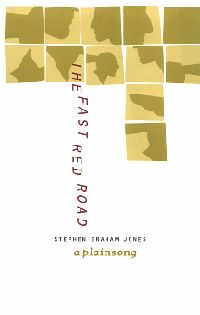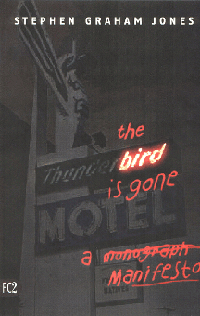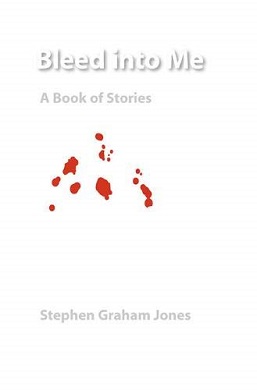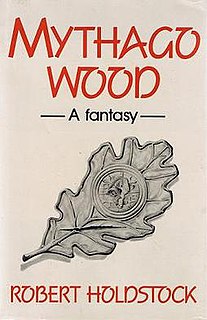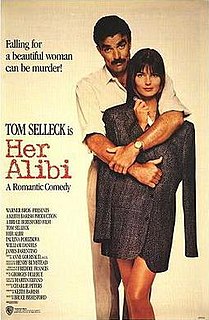First Edition Cover | |
| Author | Stephen Graham Jones |
|---|---|
| Cover artist | Jacket design by |
| Country | United States |
| Language | English |
| Genre | Novel |
| Publisher | Fiction Collective 2 |
Publication date | 2000 |
| Media type | Print (Hardcover, Paperback) |
| Pages | 326 pp |
| Followed by | All The Beautiful Sinners |
The Fast Red Road: A Plainsong serves as Stephen Graham Jones's debut novel written in 2000. He only started writing the book after being introduced to a Houghton-Mifflin editor (Janet Silver) at a party, and, for some reason, began telling a complicated lie about a book he had written. So, he went home that night and started it.

Stephen Graham Jones is a Blackfeet Native American author of experimental fiction, horror fiction, crime fiction, and science fiction. Although his recent work is often classified as horror, he is celebrated for applying more "literary" stylings to a variety of speculative genres, as well as his prolificacy, having published 22 books under the age of 50.

A debut novel is the first novel a novelist publishes. Debut novels are often the author's first opportunity to make an impact on the publishing industry, and thus the success or failure of a debut novel can affect the ability of the author to publish in the future. First-time novelists without a previous published reputation, such as publication in nonfiction, magazines, or literary journals, typically struggle to find a publisher.
Contents
It was originally titled Golius: A Failed Sestina and used as Stephen's dissertation while attending Florida State University. After using a friend of his in New York to pose as a literary agent, Jones approached one of his professors who had offered to get it published to do so. [1]
